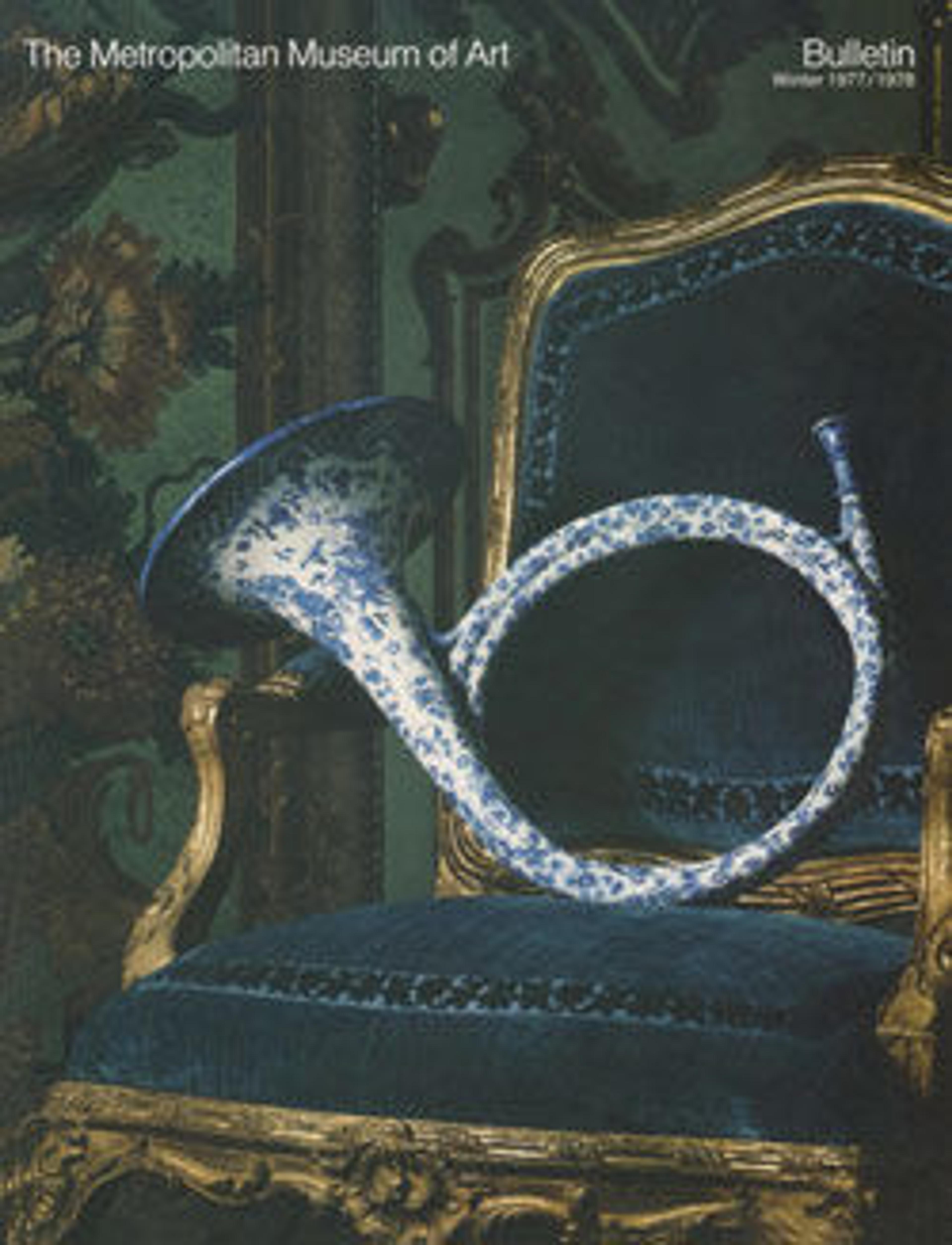Bowl Lyre
Decorative lyre made for export, with gourd body and antelope horn arms. The rim of the gourd is decorated with bristles.
Lyres have two wood or horn arms that project from the body and carry a crossbar to which the upper ends of the strings are fastened. The strings lie nearly parallel to the soundtable. African lyre bodies are made of wood, gourds, tortoise or coconut shells. Most African lyres lack bridges; the strings vibrate against the soundtable to create a buzzing sound.
Lyres have two wood or horn arms that project from the body and carry a crossbar to which the upper ends of the strings are fastened. The strings lie nearly parallel to the soundtable. African lyre bodies are made of wood, gourds, tortoise or coconut shells. Most African lyres lack bridges; the strings vibrate against the soundtable to create a buzzing sound.
Artwork Details
- Title: Bowl Lyre
- Date: 19th century
- Geography: Uganda or Kenya
- Culture: Ugandan or Kenyan
- Medium: Wood, horn, calabash, skin
- Dimensions: 29 9/16 × 10 1/4 × 5 1/2 in. (75.1 × 26 × 14 cm)
Diameter (Approx.): 10 1/4 - 11 in. (26-28 cm) - Classification: Chordophone-Lyre-plucked
- Credit Line: The Crosby Brown Collection of Musical Instruments, 1889
- Object Number: 89.4.1361
- Curatorial Department: Musical Instruments
More Artwork
Research Resources
The Met provides unparalleled resources for research and welcomes an international community of students and scholars. The Met's Open Access API is where creators and researchers can connect to the The Met collection. Open Access data and public domain images are available for unrestricted commercial and noncommercial use without permission or fee.
To request images under copyright and other restrictions, please use this Image Request form.
Feedback
We continue to research and examine historical and cultural context for objects in The Met collection. If you have comments or questions about this object record, please contact us using the form below. The Museum looks forward to receiving your comments.
